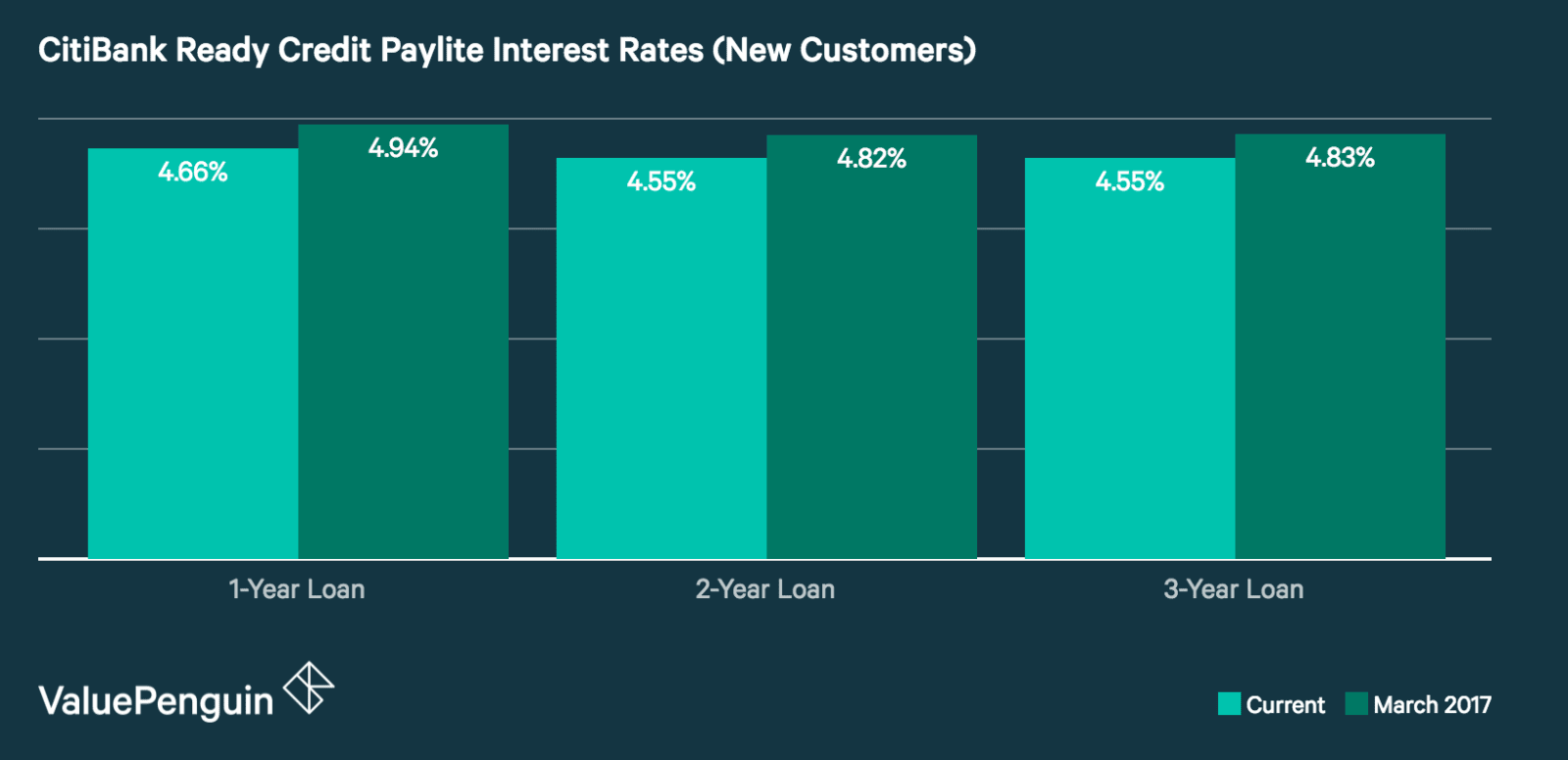Since March 2017, 3-month SIBOR rates increased from 0.94% to 1.45%. SIBOR (Singapore Interbank Offered Rate) measures the cost of borrowing for banks, businesses and individuals. Typically, when market interest rates rise, we would expect the interest rates of financial products to follow a similar pattern. However, we noticed a curious pattern recently: interest rates for personal loans have actually started to decrease.

Personal Lenders Have Decreased Interest Rates
Over the past year, many major banks in Singapore have lowered their interest rates for personal loans in an apparent competition fueled “interest rate war”. Let’s examine some of the leading personal loan offers in the market. For example, DBS and POSB decreased their lowest interest rates available to borrowers from 5.88% to 3.88% in early 2018.

In response, other banks have been following suit by lowering their rates. In April, behemoth HSBC lowered its rates slightly for 4 to 7 year personal loans and introduced a new, low rate for large personal loans to high-income borrowers. Finally, CitiBank lowered its rates for new customers, while Maybank lowered their rates for personal loans of all tenures.

What Could Be Causing This?
Coincidentally, unsecured personal loans, including personal loans, education loans and renovations loans, experienced significant growth as a category for the first time in 2017 since 2014. This may indicate an increase in general consumer demand for credit and debt products. While this is a speculation, it could be that banks are jumping on this opportunity to grow their business and market share while the demand is still high by lowering their prices (i.e. interest rates) in order to attract more borrowers.

What Does it Mean for Consumers?
The decrease in personal loan interest rates makes the total cost of borrowing less expensive for individuals. For example, given rates from 2016, a three-year loan of S$10,000 from DBS would have cost S$1,864 in total. With DBS’s best current rates, the loan would cost only S$1,264 in total. This indicates that it is now a better time to apply for a loan compared to a year ago.
While personal loans can be useful and are often essential for individuals, we recommend that borrowers consider all financing options available before applying for a loan. For instance, specific-use loans such as car loans, mortgages or renovation loans tend to offer lower interest rates. This is because banks are generally less wary of lending to borrowers when they understand the purpose of the financing. Additionally, if you are seeking a loan to pay off other debt, you might be better off with a debt consolidation loan.
However, if you need funds for a large one-time expense, such as a medical procedure, wedding or relocation, now could be a great opportunity to take advantage of personal loans while banks are waging a rate war against one another. SIBOR may continue to rise along with US rates for the next few years, eventually driving personal loan rates back up.
The article Personal Loan “Interest Rate War”? What it Means for Consumers originally appeared on ValuePenguin.
ValuePenguin helps you find the most relevant information to optimise your personal finances. Like us on our Facebook page to keep up to date with our latest news and articles.
More From ValuePenguin:
Source: VP

